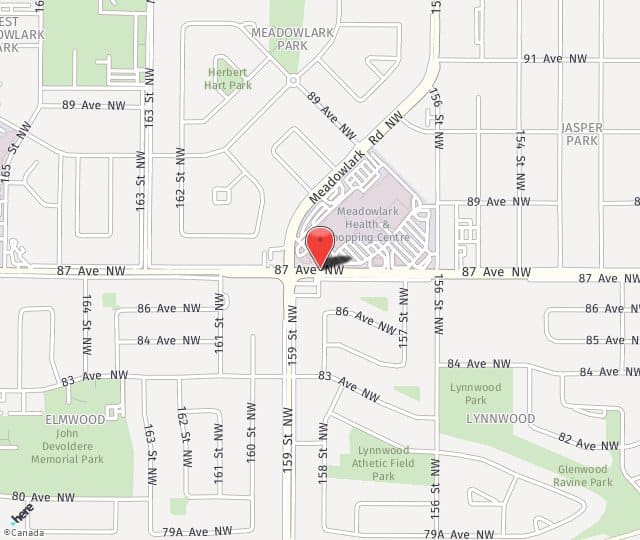Lymphedema, a swelling in certain areas of the body, usually the arms and legs, occurs from a blockage within the lymphatic system. The lymphatic system helps to fight infection and disease by carrying lymph, a colorless fluid containing white blood cells, through the body. Acute lymphedema, which is often brought about by cancer treatment, usually goes away after six months. Chronic lymphedema, however, has no cure, although there are certain ways to manage it, keep it from getting worse and minimize complications related to it. No matter the type, untreated lymphedema may result in decreased function and mobility in the affected part of the body, and can result in chronic infections and various illnesses.
Causes Of Lymphedema
Lymphedema is divided into two categories, primary and secondary, both of which have a number of causes.
Primary Lymphedema
A rare, inherited condition, primary lymphedema is caused by lymph-vessel-development issues, and occurs most frequently in women. Causes of primary lymphedema often include:
Milroy's Disease
Also called congenital lymphedema, Milroy's disease causes lymph nodes to form abnormally. This condition usually begins in childhood.
Meige's Disease
Also called lymphedema praecox, Meige's disease causes lymph vessels to form without the valves that prevent the backward flow of lymph fluid. As a result, the body cannot drain lymph fluid from the limbs. Meige's disease usually manifests itself in childhood or puberty, but can occur in those in their early twenties or thirties.
Late-Onset Lymphedema
Also called lymphedema tarda, late-onset lymphedema occurs rarely and usually manifests itself in those 35 and older.
Secondary Lymphedema
Secondary lymphedema arises from any condition or procedure that damages lymph nodes or lymph vessels. Causes of secondary lymphedema may include:
Surgery
If lymph nodes and lymph vessels are removed or cut during surgery, lymphedema may result. Lymph nodes are often removed in the underarm, groin or pelvic areas to treat breast cancer, gynecologic cancers, prostate cancer, testicular cancer, bladder cancer and melanomas and lymphedema is often a side effect.
Radiation Treatment
Radiation treatment can cause scarring and inflammation to lymph nodes or lymph vessels, which affects the flow of lymph fluid, causing lymphedema.
Cancer
Tumors from cancer may grow large enough to block lymph vessels or metastasize to other areas and restrict the flow of lymphatic fluid, resulting in lymphedema. Cancer and cancer treatment is the number one cause of lymphedema in Canada.
Infection
Lymph-node infections, either bacterial or fungal, can restrict the flow of lymph fluid. Infection may also be caused by parasites. Filariasis, which is caused by roundworms, is one such parasitic infection. Infection-related lymphedema is usually found in tropical and subtropical regions, and in developing countries.
Symptoms Of Lymphedema
Most lymphedema occurs in the arms or legs. Swelling may be barely noticeable or so extreme that using the arm or leg becomes impossible. In many cases, symptoms of lymphedema in the arm and leg include:
- Swelling, possibly including fingers or toes
- Aching or discomfort
- A full or heavy sensation
- Restricted range of movement
- Tight or shiny skin
- Lack of indentation in the skin when pressed
- Hardening and thickening of the skin
- Small warts or blisters that leak clear fluid
- Recurring infections
- Tighter-fitting rings and watches
Although most secondary lymphedema appears within three years of cancer surgery and treatment, it may not materialize until many years later.
Diagnosis Of Lymphedema
In some cases, a doctor's exam, which includes measuring the affected limb against the normal one, may be sufficient to diagnose lymphedema. Additional imaging used to assist in the diagnosis of lymphedema can include:
- Radionuclide imaging
- MRI scan
- CT scan
- Doppler ultrasound
Treatment Of Lymphedema
There is no cure for primary lymphedema. Treatment for both primary and secondary lymphedema focuses on reducing swelling and controlling pain, and on keeping symptoms from getting worse. Drugs are usually not used to treat lymphedema, unless to fight a resulting infection. Diuretics and blood thinners usually do not help, and may only exacerbate symptoms. Lymphedema treatment often includes:
- Compression sleeves or stockings
- Exercise that incorporates gentle contraction of muscles in the affected limb
- Compression bandages that encourage lymph-fluid drainage to the center of the body
- Pneumatic-compression devices
- Massage that helps to drain lymph fluid
Several of these treatments may also be combined. To reduce severe swelling, lymphedema may be treated with surgery that removes excess fluid and tissue from the affected limb.
Complications Of Lymphedema
In addition to problems with the functioning of the affected limb, complications from lymphedema often include:
- Cellulitis, a bacterial infection of the skin and its tissues
- Lymphangitis, an inflammation of the lymphatic vessels
- Deep venous thrombosis, blood-clot formation in the deeper veins
- Lymphangiosarcoma, cancer of the lymphatic vessels
Lymphangiosarcoma is a rare but aggressive cancer that occurs in those with chronic, long-term lymphedema. A small percentage of women who have had radical mastectomies to treat breast cancer are also affected, often up to ten years after treatment.
Prevention Of Lymphedema
There is no way to prevent primary lymphedema.
The risk for developing secondary lymphedema can be reduced by:
- Beginning treatment as soon as symptoms occur
- Maintaining a healty weight/lifestyle (avoiding obesity, exercise)
- Keeping fluid from collecting (compression, massage)
- Elevating the limb to keep fluid from collecting
- Keeping skin and nails clean to prevent infection
- Avoiding cuts or wounds to the limb to prevent infection
- Remaining hydrated

